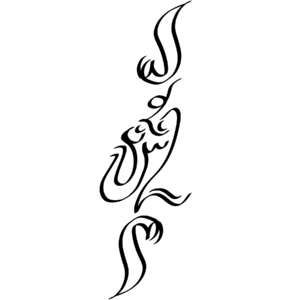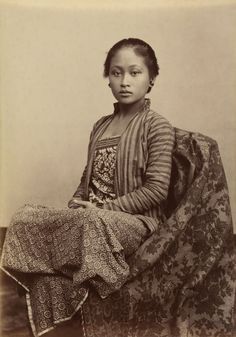Uelamanpu'ue Clan
This article is a work-in-progress because it is incomplete and pending further input from an author. Note: The contents of this article are not considered canonical and may be inaccurate. Please comment on this article's talk page to share your input, comments and questions. |

There are no members of the clan remaining in Takatta Loa, all of them having fled to Sudmoll, Sarolasta and Daxian Stenza during the years immediately following the Takatta Loa Civil War in 1875. There are approximately 6,983 members of the clan, of which 2,146 live in Sudmoll, 2,941 live in Stenza along with 5,273 ethnic Huelaban retainers and 1,896 live in Sarolasta.
History
The troops supplied by the empire returned to their home provinces, and the military of the Uelamanpu'ue was weak and underdeveloped. As a result, the local village chieftains became more emboldened and demanded greater concessions and freedoms, which Uekandu'a obliged. For the majority of his reign, peace presided in Batana unlike in much of the Loa Republic, which was disintegrating into chaos. However, when he died in 1873, an interregnum took place as the queen mother had given birth to triplets; Princess Kasasumano, Prince Anadika and Prince Laitopoa. This unprecedented result required deliberation on the part of the Masa scion as each sibling presented a reasoning for their ascension to a judge. However, the council of chieftains was especially irate that none of the siblings sought their approval, and in 1874 had agreed to deny any taxes towards the crown until whichever monarch amended this insult. The Interregnum was eventually settled in 1875 with Anadika being crowned Uenadika, King of Batana on the basis that he inherited the most property, unlike his sister, and that his birth did not cause the death of his mother, unlike his brother. However, Unadika was not a benevolent sovereign and sent troops after the villages to extract taxes and end the council's protests. The villages however resisted this and retaliated against the crown. This war endured until 1877 when the peasants stormed the palace at Uelako. Uenadika, in fear, killed his wives and children before taking his life. This meant that the succession passed to the eldest of the triplets, Kasasumano, crowned Uesumano. However, the Insular population demanded the exile of the Uelamanpu'ue clan and the end of Masa rule in Batana. Uesumano, unable to refuse, accepted on the condition that she was allowed to keep on material possessions and wealth and sell all the crownlands of the Uelamanpu'ue. The council acquiesced, and Uesumano quickly liquidated and consolidated the majority of the family wealth, reaching approximately 10 million Taler. With this, the clan of roughly 5,000 along with 3,000 retainers fled the Loa Republic.
Exile

The Uelamanpu'ue left the Batana Coast entirely, eventually coming to stay in Usomo. From there, they tapped into the trade networks that the dynasty had established, seeking refuge in Sarolasta. However, the Katu had also heard from the Burgoignesc merchants on the island that there was a rush to Sudmoll given the collapsing Alshari colonies. As such, the two remaining triplets, Uesumano and Laitopoa traveled to Burgundie and Sudmoll, and Kiravia and Sarolasta respectively. They had both found the two colonies to be quite agreeable, and seeking to establish new Occidental ties as well as maintaining existing Kiravian and Cronan ties, decided to split the clan into the Topoa and Sumano branches, in Sarolasta and Sudmoll respectively. In addition, Uesumano's second eldest son was sent to Daxia to petition the Daxian state for the structure of a small cotton plantation in what is now modern day Stenza to be staffed entirely by Huelaban retainers and the Uelamanpu'ue lesser nobles. This was approved, and thus the clan was extended to Stenza. Approximately 900 members, including Uesumano, settled in Sudmoll, 1,500 in Stenza along with 3,000 retainers and 800 in Sarolasta.